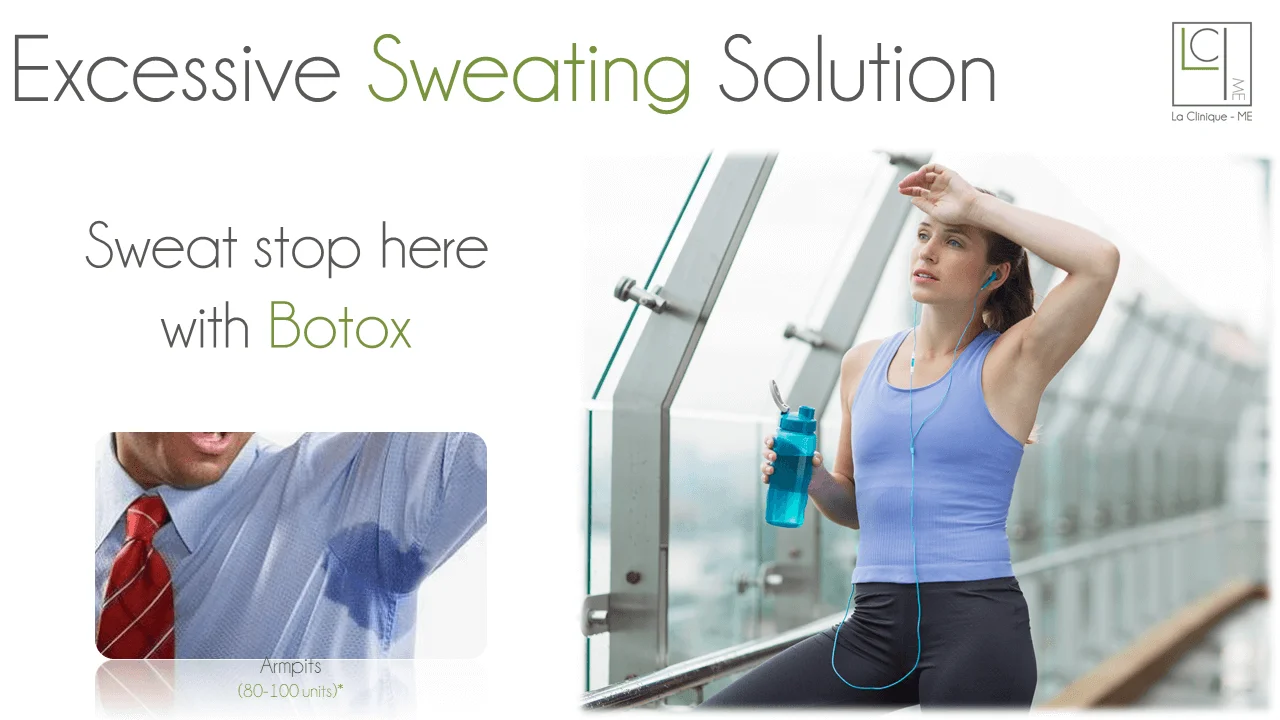Sweating is cooling down of body and getting rid of some chemicals. From a physiology perspective sweating is absolutely a good thing .sometimes you may sweat excessively like when you workout, when it’s too hot and if you are so tensed. But few people sweat a lot with no reason. Excessive sweating is the major concern that must not be overlooked. Certain problems such as diabetes, heart failure, anxiety, menopause and overactive thyroid can cause heavy sweating. Usage of few drugs may also be the reason of excessive sweating. In medical terms we call excessive sweating as Hyperhidrosis.
Condition called hyperhidrosis occurs when you sweat more than your body needs to regulate your temperature. It is a benign disorder of excessive sweating due to overstimulation of cholinergic receptors on the accrine glands. However, it carries serious implications for an individual’s quality of life and psychosocial well-being. According to the international hyperhidrosis society, about 32 percent of people with anxiety experience hyperhidrosis. This may tend to begin between the ages of 14 and 25 mostly.
Primary Focal hyperhidrosis: Primary hyperhidrosis is bilaterally symmetric, focal, excessive sweating of the axillae, palms, soles, or craniofacial region not caused by other underlying conditions. It is a chronic skin condition. Basically, a genetic change causes this condition. It is inherited from the biological family and is considered the most common type of hyperhidrosis. It generally affects your armpits, hands, feet, and face.
How can hyperhidrosis be treated?
A variety of treatment options are available for primary focal HH including topical and oral agents, tap water iontophoresis, and surgery. Botox treatment for palmer, plantar and facial HH reveals that BTX-A provides effective treatment of primary focal HH with a good safety profile. Topical aluminum chloride solution is the initial treatment in most cases of primary focal hyperhidrosis. These treatments can help you reduce your symptoms and improve your quality of life.
Secondary generalized hyperhidrosis: Generalized hyperhidrosis refers to hyperhidrosis affecting the whole body. This may occur due to dysregulation of the autonomic nervous system. It is caused by an underlying medical condition or by taking certain medications such as pain relievers, antidepressants, and sine diabetic and hormonal medications.
How is generalized hyperhidrosis treated?
Treatment usually begins with antiperspirant. If they don’t help, you may need to try different medications and therapies. In severe cases, your health care provider may suggest surgery to remove sweat glands or to disconnect the nerves related to producing too much sweat.
Botox injections have come to be widely used in managing primary hyperhidrosis when topical treatments are failed. This botox treatment blocks the nerve signals that instruct the sweat glands to become active. Results are evident within 3 to 4 days after the treatment is done. The results last for 6 months depending on the person and area that is treated. According to the international hyperhidrosis society, people who receive botox treatment have found a decrease in excessive sweating by 85 percent. Botox treatment keeps check for excessive sweating and helps in regaining the confidence of people and helps them to lead a more confident and happy life.
